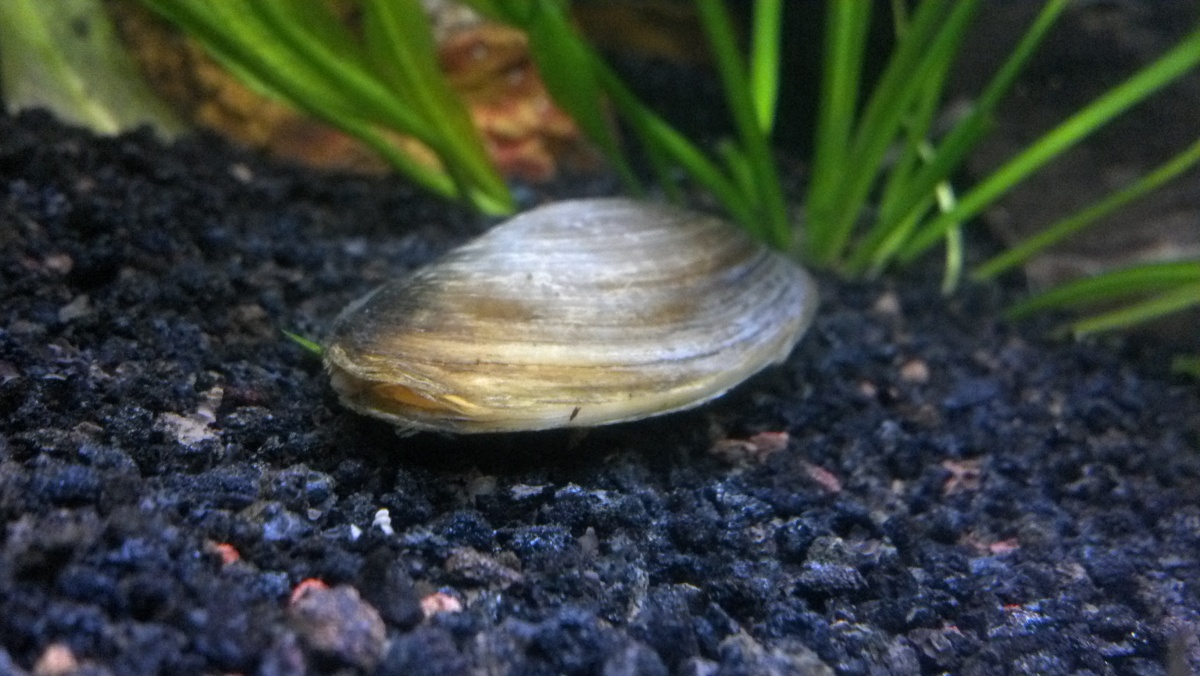Fishfur
Aquarium Advice Addict
Too true. You don't see much of clams, as they usually dig into the substrate until nothing much shows other than their tubes. And I never had a dead one foul water. Snails and shrimp find them soon after they die and clean them out quite thoroughly. I never had one fail to open up once it had died, poor thing.
Though I swore I would not try them again, I changed my mind and now have 3 small golden Asian clams. In the store I got them from, the owner there had been keeping them for a long time with good success, so I thought, I'll try one more time. Different species than the clams I had before too, which were the black and white ones and shark tooths, the last of which I think may be cold water animals, which might explain why they did so poorly in my tank.
Can't say I ever even thought of eating clams from an aquarium. With all the stuff we put in the tanks, I'd be afraid to eat anything from an ornamental tank anyway. If you're raising fish or other things to eat using aquaponics, that's a different story.
I do think the main trick is to have a very mature tank, with at least a couple of square feet per clam, and good water circulation always. A supplemental water pump is a good idea if you are keeping any kind of filter feeding animals. And supplemental feeding really is necessary.
I wish I knew what the temperature range is where they originate, as I've suspected part of their problem might be temps that are too warm. Because they live on the bottom, even in fairly warm waters their bottom habitat could be considerably cooler than surface temperatures would indicate, and possibly many degrees cooler than most fish tanks are. For some species, warmer temps speed growth, but for some others, they shorten life spans, sometimes by quite a bit. It's a stress factor.. consider how we feel on hot days if we can't get cooled off. Might be clams would do better in unheated, even cold water tanks. But indoors, there are limits to how cold a tank is likely to get, and one has to consider the other inhabitants as well as the clams.
Good luck with them.. even though they are not especially entertaining, I find it interesting to be able to have a variety of life in my tanks.
And there's a typo in my last post.. should say Golden pearls 5 - 50 microns in size, which is the smallest size they make this product in.
Though I swore I would not try them again, I changed my mind and now have 3 small golden Asian clams. In the store I got them from, the owner there had been keeping them for a long time with good success, so I thought, I'll try one more time. Different species than the clams I had before too, which were the black and white ones and shark tooths, the last of which I think may be cold water animals, which might explain why they did so poorly in my tank.
Can't say I ever even thought of eating clams from an aquarium. With all the stuff we put in the tanks, I'd be afraid to eat anything from an ornamental tank anyway. If you're raising fish or other things to eat using aquaponics, that's a different story.
I do think the main trick is to have a very mature tank, with at least a couple of square feet per clam, and good water circulation always. A supplemental water pump is a good idea if you are keeping any kind of filter feeding animals. And supplemental feeding really is necessary.
I wish I knew what the temperature range is where they originate, as I've suspected part of their problem might be temps that are too warm. Because they live on the bottom, even in fairly warm waters their bottom habitat could be considerably cooler than surface temperatures would indicate, and possibly many degrees cooler than most fish tanks are. For some species, warmer temps speed growth, but for some others, they shorten life spans, sometimes by quite a bit. It's a stress factor.. consider how we feel on hot days if we can't get cooled off. Might be clams would do better in unheated, even cold water tanks. But indoors, there are limits to how cold a tank is likely to get, and one has to consider the other inhabitants as well as the clams.
Good luck with them.. even though they are not especially entertaining, I find it interesting to be able to have a variety of life in my tanks.
And there's a typo in my last post.. should say Golden pearls 5 - 50 microns in size, which is the smallest size they make this product in.

